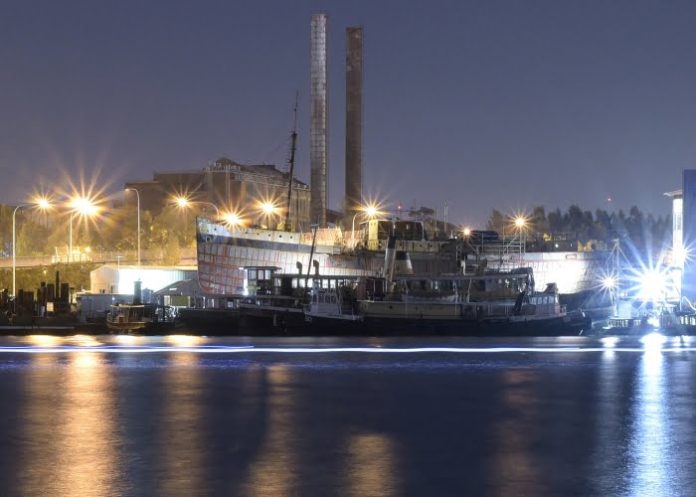Is it fair for us to generalise camera performance based on maximum useful ISO for a given aperture and shutter speed? Can we expect most cameras to perform similarly at similar ISO amplifications?
If only that was so. I think it’s a mistake to imagine modern IP cameras don’t possess a fat dollop of woo – much more so than the dependable old vidicons ever did. Modern IP cameras are not predictable and that applies to modern DSLR cameras, too.
Camera types might have the same sensor but if the mapping is different, the lens introduces flare, the processor is more powerful, or the firmware engineering is superior, then at the same focal length, aperture, shutter speed and ISO you are going to get quite different performance levels.
Low light CCTV is tough – the truth is that you sometimes need more light. We’ve seen Sony’s VB770 offer great performance thanks to muscular ISO capabilities, but most IP cameras are not so blessed. In the face of a balancing act between low light on one hand and sharpness, low blur and low noise on the other side, there is always going to be a point where things come unstuck.
Comparing image streams is the only way to see whether one camera offers crisper imagery with less amplification noise. This noise seems like veiling flare that occurs at night when the lens is not being provoked by direct sources of light. Another camera at the same settings may exhibit none of this noise. If there’s noise, as soon as you start driving digital zoom, it’s an issue.
Something to bear in mind is that engineers sometimes rob Peter to pay Paul when making the shift from one camera generation to another. In such cases, you might gain remote zoom and focus, integrated IR and increased amplification but you may be making do with a processor that can’t keep up – perhaps a processor that can’t deal with noise, blur or the challenges of dealing with headlights when the camera is exposing for a dark scene.
If you want to get a sense of the challenges of low light performance, consider the attached still image shot at F11 with an exposure time of 20 seconds at ISO 1100. See that long line of light on the water? That’s a dragon boat paddling by at 4-5 knots. If you want excellent clarity of static elements using current optical surveillance technology in low light scenes, there’s no hope of capturing movement. You will always have to compromise.








